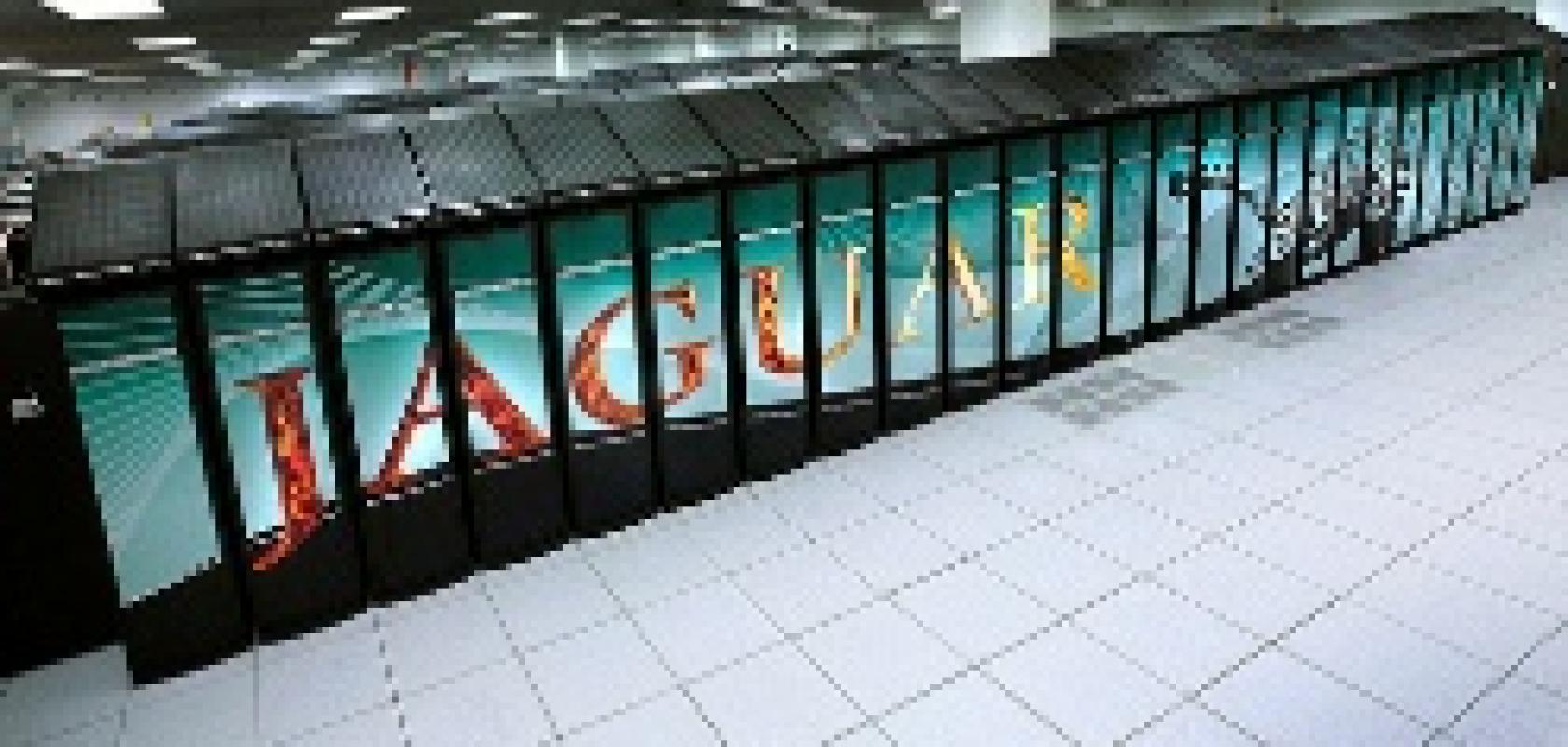University of California-Irvine researcher Zhihong Lin is using the Jaguar supercomputer at US-based Oak Ridge National Laboratory to study fusion reactions, which produce helium from hydrogen and release energy in the process, in hopes of igniting ITER, an experimental fusion reactor being built in southern France.
In 2010, the team of Lin and General Atomics researcher Ron Waltz was awarded three years of processor time on the Oak Ridge Leadership Computing Facility's Cray XT5 Jaguar – a supercomputer capable of more than two quadrillion calculations per second – by the US Department of Energy's Innovative and Novel Computational Impact on Theory and Experiment (INCITE) program. Lin played a key role in developing one of two computer programs that his team uses to calculate plasma particles' motion using supercomputers in hopes of painting a more complete picture of turbulence in fusion plasma.
The team spent 2010 ensuring they would be able to simulate charged particles interacting with MHD waves in the plasma. The goal for 2011 is to calculate the evolution of charged particles travelling in a doughnut-shaped reactor, called a tokamak, and observe how and where MHD waves transport energetic particles. By 2012 Lin expects the model to be fully developed—simultaneously simulating all turbulent interactions between the particles in a fusion reaction.
The computer programs are applied to the same simulations using complementary approaches. One creates three-dimensional grids to sample plasma turbulence and associated random particle motion. Interactions between plasma particles and electromagnetic fields can be resolved in great detail. Depending on its size, this sort of simulation runs on between 5,000 and 50,000 of Jaguar's 224,256 processing cores.
Another program tracks particles in the phase space to get information about their three-dimensional motion in the ITER machine. This simulation uses between 5,000 and 10,000 cores. These simulations provide researchers with insights into the reaction between deuterium and tritium in a superheated plasma. In a fusion reaction, deuterium and tritium fuel ions occasionally smash into one another and fuse to create energetic neutrons and helium ions. To sustain a fusion reaction, this phenomenon continues many times over as charged particles are brought together by strong magnetic fields in the reactor.
Turbulence can threaten the fusion reaction by allowing charged particles to travel to the tokamak walls, causing the plasma to cool. Lin's team is using simulations to develop ways of applying electromagnetic forces to overcome turbulence, heating the reactor, rather than cooling it.


